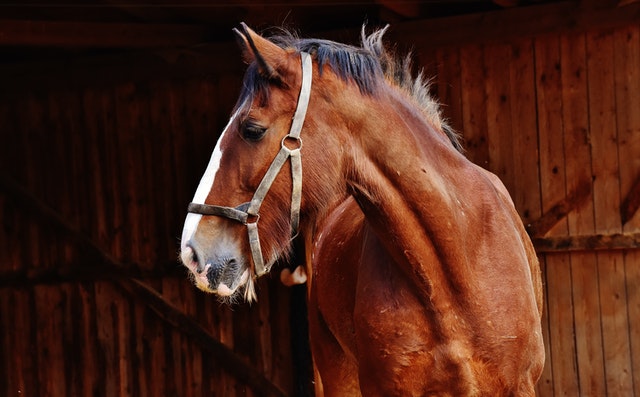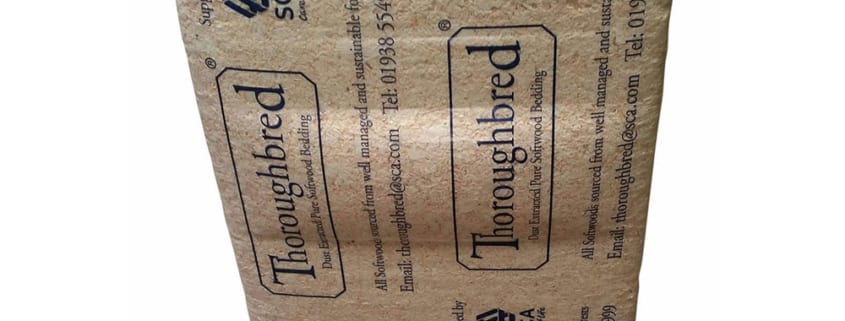Bedding Dust Control: Health Considerations for Your Horse

Maintaining a clean and dust-free environment is crucial for the health and well-being of your horse. Bedding dust can cause respiratory issues, allergies, and discomfort, making it essential to understand how to control dust effectively.
Why Bedding Dust Matters

Dust in horse bedding primarily consists of fine particles from straw, wood shavings, or other materials. When inhaled, these particles can irritate the respiratory tract, leading to conditions such as:
- Heaves (Recurrent Airway Obstruction): A chronic respiratory disease similar to asthma in humans.
- Allergic Reactions: Including sneezing, nasal discharge, and coughing.
- Reduced Performance: Due to compromised lung function.
Common Bedding Materials and Their Dust Levels
| Bedding Material | Dust Level | Pros | Cons |
|---|---|---|---|
| Straw | High | Natural, absorbent | High dust, mold risk |
| Wood Shavings | Medium | Good absorbency, less dust than straw | Can be sharp, some types toxic |
| Paper Bedding | Low | Dust-free, biodegradable | Less absorbent, can be costly |
| Hemp Bedding | Low | Natural, low dust, antimicrobial properties | Availability varies |
Tips for Controlling Bedding Dust
- Choose Low-Dust Bedding: Opt for materials like paper or hemp that produce less dust.
- Proper Storage: Keep bedding dry and covered to prevent mold and dust accumulation.
- Regular Cleaning: Remove soiled bedding frequently to reduce dust and ammonia buildup.
- Use Dust Suppressants: Products like water sprays or commercial dust control agents can help.
- Ventilation: Ensure good airflow in the stable to disperse dust particles.
Health Monitoring and Prevention
- Observe Your Horse: Watch for signs of respiratory distress such as coughing, nasal discharge, or labored breathing.
- Veterinary Check-ups: Regular health assessments can catch early signs of respiratory issues.
- Adjust Bedding as Needed: If your horse shows sensitivity, switch to a less dusty option.
Frequently Asked Questions (FAQ)
Q1: Can dust from bedding cause long-term health problems?
A1: Yes, prolonged exposure to dusty bedding can lead to chronic respiratory diseases like heaves.
Q2: How often should I clean my horse’s bedding?
A2: Ideally, remove soiled bedding daily and replace it regularly to maintain a clean environment.
Q3: Are there any natural dust suppressants safe for horses?
A3: Yes, water sprays and certain commercial products designed for equine use can safely reduce dust.
Q4: Is it better to use straw or wood shavings?
A4: It depends on your horse’s sensitivity; wood shavings generally produce less dust but check for toxicity.
Conclusion
Controlling bedding dust is vital for preventing respiratory problems and ensuring your horse’s comfort. By selecting appropriate bedding materials, maintaining cleanliness, and monitoring your horse’s health, you can create a safer and healthier stable environment.
This article aims to provide horse owners with practical advice on managing bedding dust to promote equine respiratory health.
